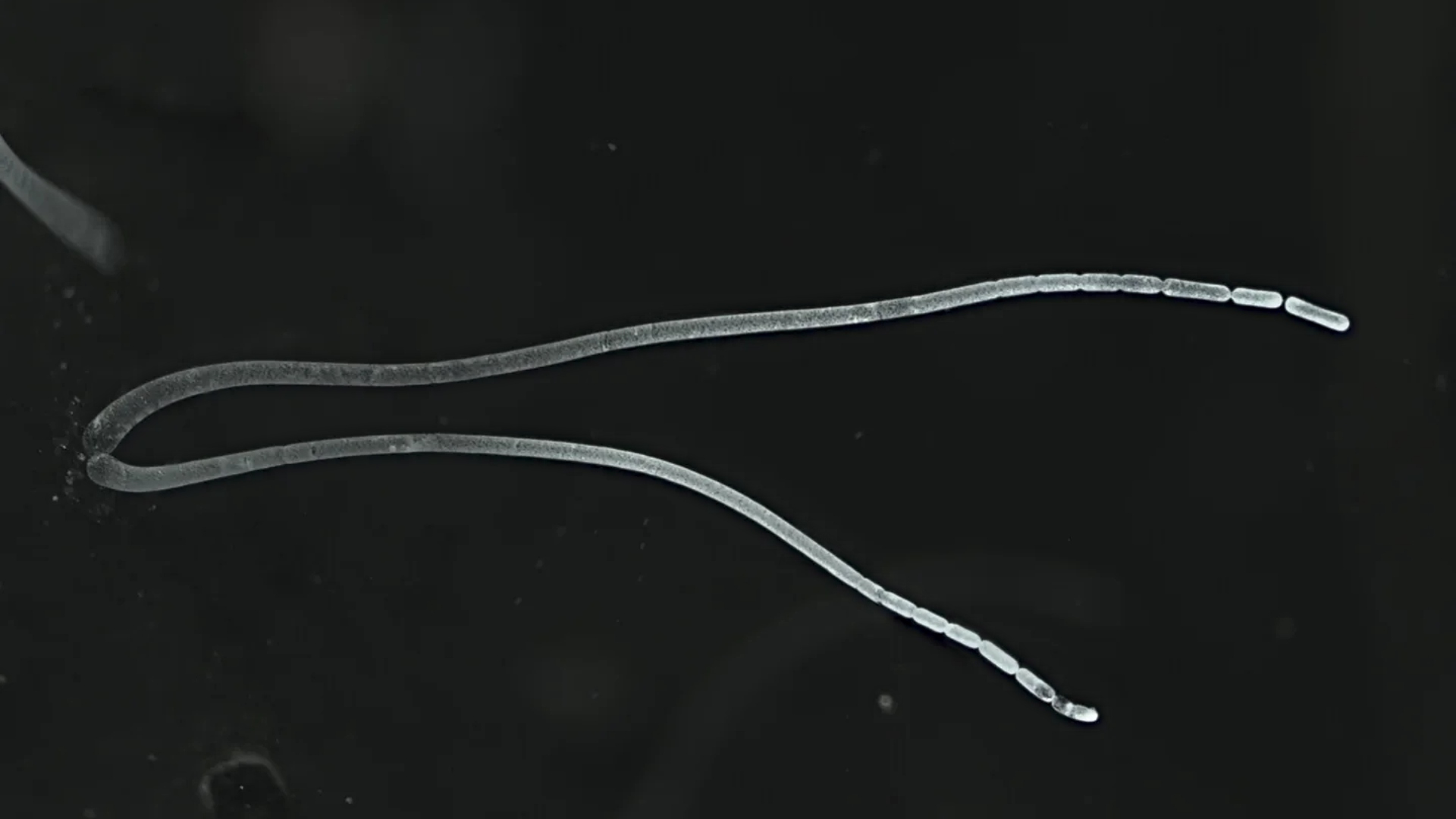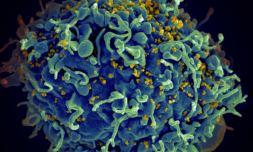Measuring roughly the length of an eyelash, Thiomargarita magnifica is 50 times larger than any bacteria we’ve previously discovered. This challenges long held basics about our understanding of bacterial cells.
Germaphobes, get ready to squirm. ‘We’re going to need a bigger dish.’
Government scientists have discovered the first form of bacteria that is instantly visible to the naked eye, as reported in the journal Science.
Resembling white filaments around a centimetre in length, the strange organism is 50 times the size of the largest previously known bacterium and reportedly ‘challenges our concept of a bacterial cell’ altogether.
Discovered on decaying mangrove leaves in a Guadeloupe swamp (in the eastern Caribbean Sea), Thiomargarita magnifica has microbial biologists absolutely stumped for several reasons… other than the obvious.
It was previously thought that bacteria simply couldn’t grow this big, and scientists had confidently asserted that the absolute size limit – according to established models of cell metabolism – would be around 100 times smaller than this new species.
Researchers have discovered a bacterium—named Thiomargarita magnifica—that challenges the prevailing view of bacterial cell size. It is larger than all other known giant bacteria by ~50-fold. Learn more: https://t.co/bvUSuR2ebK #ScienceResearch pic.twitter.com/RC8YWm4sVA
— Science Magazine (@ScienceMagazine) June 23, 2022
‘To put it into context, it would be like a human encountering another human as tall as Mount Everest,’ said Jean-Marie Volland, a scientist at the Lawrence Berkeley National Laboratory. That’s not a terrifying prospect, at all.
Also, when categorising the Earth’s dizzying array of bacteria, which have all existed for billions of years and occupy a multitude of different roles, they usually have one common characteristic: they’re composed of simple cells, measuring up to around two microns in diameter.




















